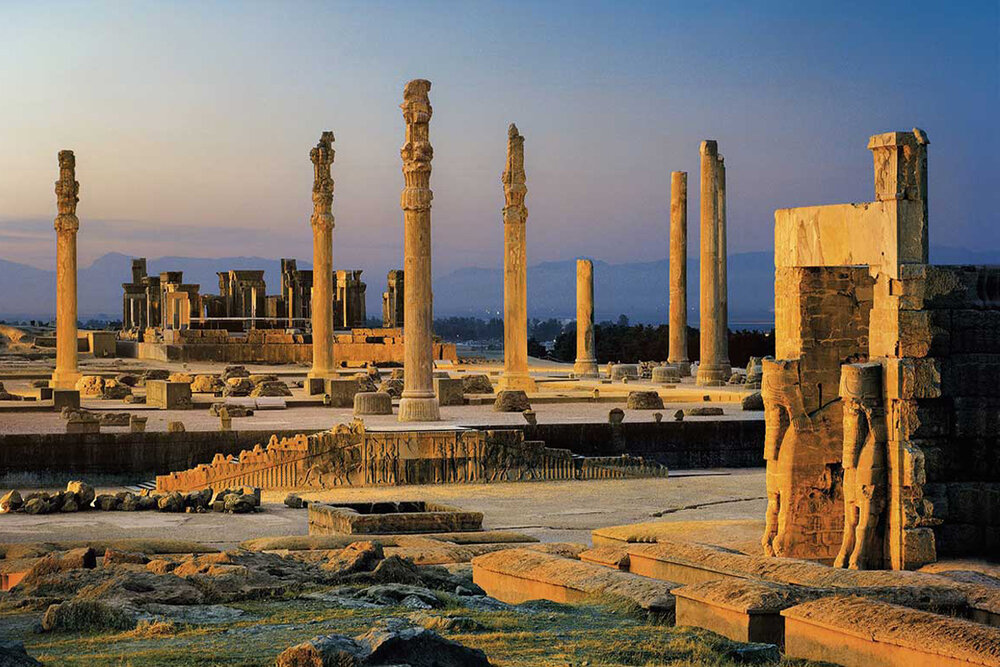Archaeologist rejects claims on underground city within Persepolis

TEHRAN – An Iranian archaeologist has dismissed claims on the discovery of an underground city beneath the UNESCO-registered Persepolis.
On Monday, Ali Asadi, whose team has previously excavated several concealed waterways in Persepolis, responded to a viral video that claims the existence of an underground city beneath the Achaemenid ceremonial capital.
The Achaemenid Empire was the largest and most durable empire of its time. The empire stretched from Ethiopia, through Egypt, to Greece, to Anatolia (modern Turkey), to Central Asia, and to India.
“The video has awkwardly combined scenes from the Persepolis with those of underground cities from somewhere else.”
“It is made in a very awkward and unprofessional way because most of its scenes are not related to Persepolis’ [underground] channels, but belong to known underground cities which are situated in central Iran.”
“This viral video is a combination of an old film with a fictional plot,” Asadi concluded.
This 13-ha ensemble of majestic approaches, monumental stairways, throne rooms (Apadana), reception rooms, and dependencies is classified among the world’s greatest archaeological sites. Persepolis was the seat of the government of the Achaemenid Empire, though it was designed primarily to be a showplace and spectacular center for the receptions and festivals of the kings and their empire.
In September 2020, archaeologists discovered a prehistorical hatch to Apadana Palace. “The hatch was discovered in the eastern part of Apadana Palace, and it was created during the Achaemenid period to repel the surface water of the courtyard, and after this period, it was hidden due to the destruction of the complex,” Asadi said.
Building activity was extensive during the height of the empire, and of the several Achaemenian capitals, the ruins at Pasargadae and Persepolis are probably the most outstanding. Achaemenian sculptured reliefs and a great number of smaller art objects present a remarkably unified style for the period. Metalwork, especially in gold, was highly developed, and a variety of carefully executed examples survive.
The royal city of Persepolis ranks among the archaeological sites which have no equivalent, considering its unique architecture, urban planning, construction technology, and art. Persepolis, also known as Takht-e Jamshid, whose magnificent ruins rest at the foot of Kuh-e Rahmat (Mountain of Mercy) is situated 60 kilometers northeast of the city of Shiraz in Fars province.
The city was burnt by Alexander the Great in 330 BC apparently as revenge on the Persians because it seems the Persian King Xerxes had burnt the Greek City of Athens around 150 years earlier. The city’s immense terrace was begun about 518 BC by Darius the Great, the Achaemenid Empire’s king. On this terrace, successive kings erected a series of architecturally stunning palatial buildings, among them the massive Apadana palace and the Throne Hall (“Hundred-Column Hall”).
AFM
